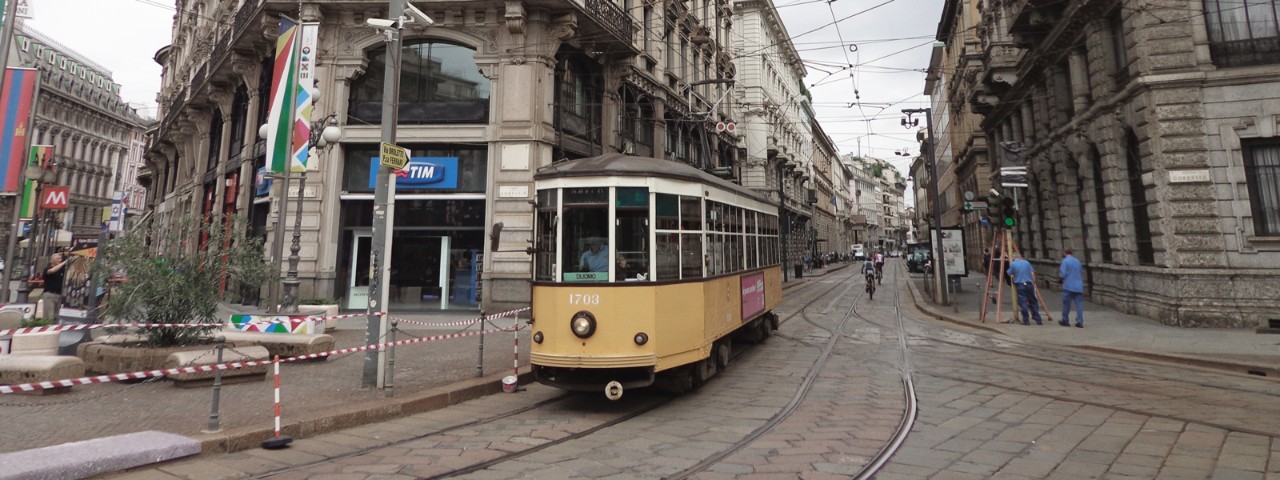Europe’s mobility industry has weathered the worst of pandemic lockdowns but faces a challenging future. Passenger demand could take as long as two years to recover, if it ever does, yet operators need to invest urgently in equipment and services to satisfy consumers’ demands for safety. Squaring that circle at a time of depressed revenue will demand every ounce of ingenuity companies can muster -– and spark a wave of collaboration or consolidation.
That was the consensus of a group of senior industry executives convened recently by the Oliver Wyman Forum for an online discussion about mobility business models, and how they need to shift to accommodate changes in customer demand.
Most members of the group expect the crisis to have a lasting effect on passenger behavior and overall demand as many people continue using mobility substitutes like working from home, e-learning, and telehealth visits even after economies reopen. That’s consistent with a recent eight-nation Forum survey, which found that 83 percent of European respondents using video conferencing for work had increased their usage during the crisis or were employing it for the first time, and a majority of them expected to use the technology more in the future than they had before the pandemic.
In Milan, capital of the Lombardy region that suffered among the worst losses from the coronavirus, mass transit operator Azienda Trasporti Milanesi (ATM) had restored metro, bus, and tram service to 25 percent of pre-crisis levels by late June, but even that level of service wasn’t being fully utilized at the time. ATM President Gioia Ghezzi and her team believe that whenever they reach a new normal, it will mean capacity at 80 percent of the old normal.
The new virtual competition increases the pressure on operators to rebuild confidence. Most German businesses have reopened but with many commuters continuing to work at least part-time from home, it will take time before passenger volume returns to pre-crisis levels, says Michael Peterson, chief executive of DB Fernverkehr AG, the German railway’s long-distance service. The company is encouraging mask-wearing and leaving one car unreserved on each train so people can distance themselves. “As long as you convey that you’ve taken measures to make it as safe as possible, customers are willing to trust you,” he says.
Companies also need to make structural changes, led by increased digitization, to win back customers. “I expect a tremendous acceleration of digital,” such as paperless ticketing and apps providing information on train and bus journeys, says ATM’s Ghezzi.
Enabling contactless car rental journeys – reserving a vehicle online, picking it up and dropping it off without visiting the sales desk – “is a must in the coming months, not the next few years,” says Caroline Parot, chief executive of Europcar Mobility Group. Such digital investments will also help the company respond to the growing number of consumers who want to rent a car on a few hours’ notice, rather than a few weeks.
Mobility solution provider Bombardier Transportation is working with operators to reconfigure seating, apply anti-microbial coatings on car interiors, and speed up maintenance and servicing to get more trains on the rails. “It’s all about flexibility,” says Chief Operating Officer Jim Vounassis.
None of these changes are easy at a time of depressed traffic, forcing mobility companies to seek new revenue streams. That’s likely to mean the adoption of more-dynamic pricing models, more-sophisticated segmentation of customers, and promoting ancillary services like seamless broadband or enabling package deliveries at transit hubs.
Those changes need to go hand in hand with accelerated digitization, says Marc Hofmann, chief executive of search engine CheckMyBus. “The megatrend to shift toward shared mobility remains valid,” he says. “Those who manage to transform their business to digital now will be able to participate most from the growth opportunities ahead.”
Driving all of these initiatives is a profound urgency, and a sense that the job of transformation may be bigger than any company can pull off on its own. That should lead to public-private partnerships and closer collaborations in the mobility ecosystem. “For us, a big challenge is speed,” says Europcar’s Parot. Across the industry, she adds, collaboration “will become a must because all of us have so many things to do. We won’t be able to reinvent everything alone.”

